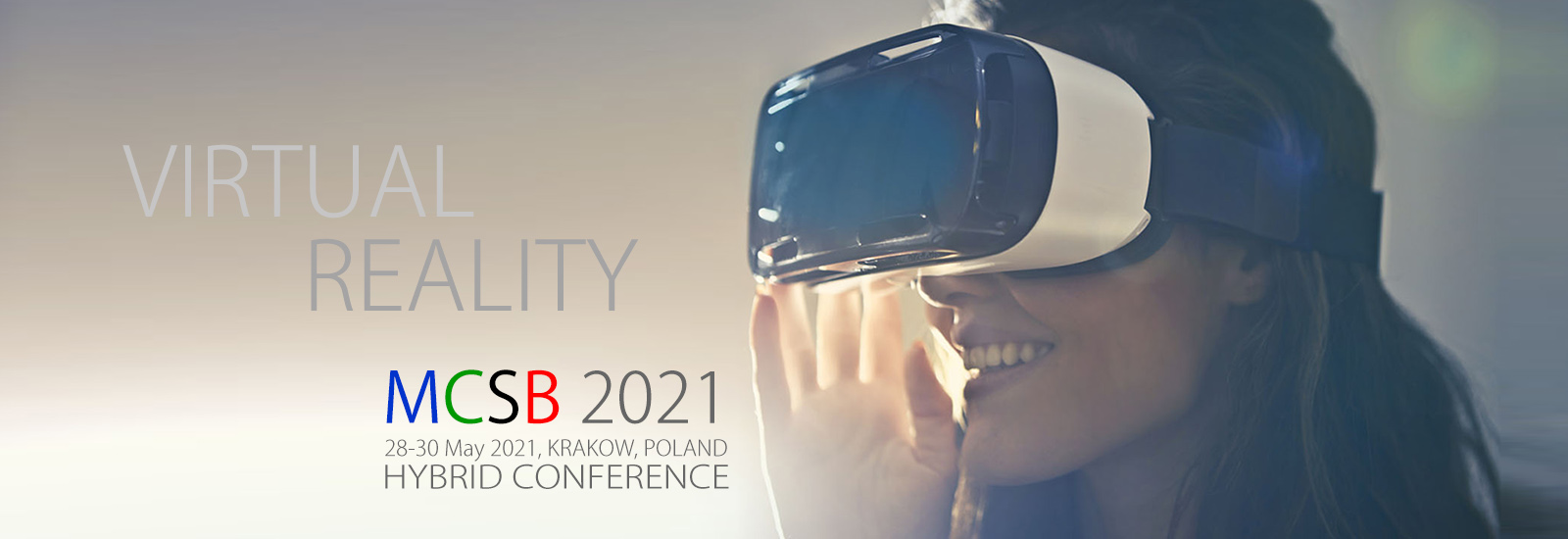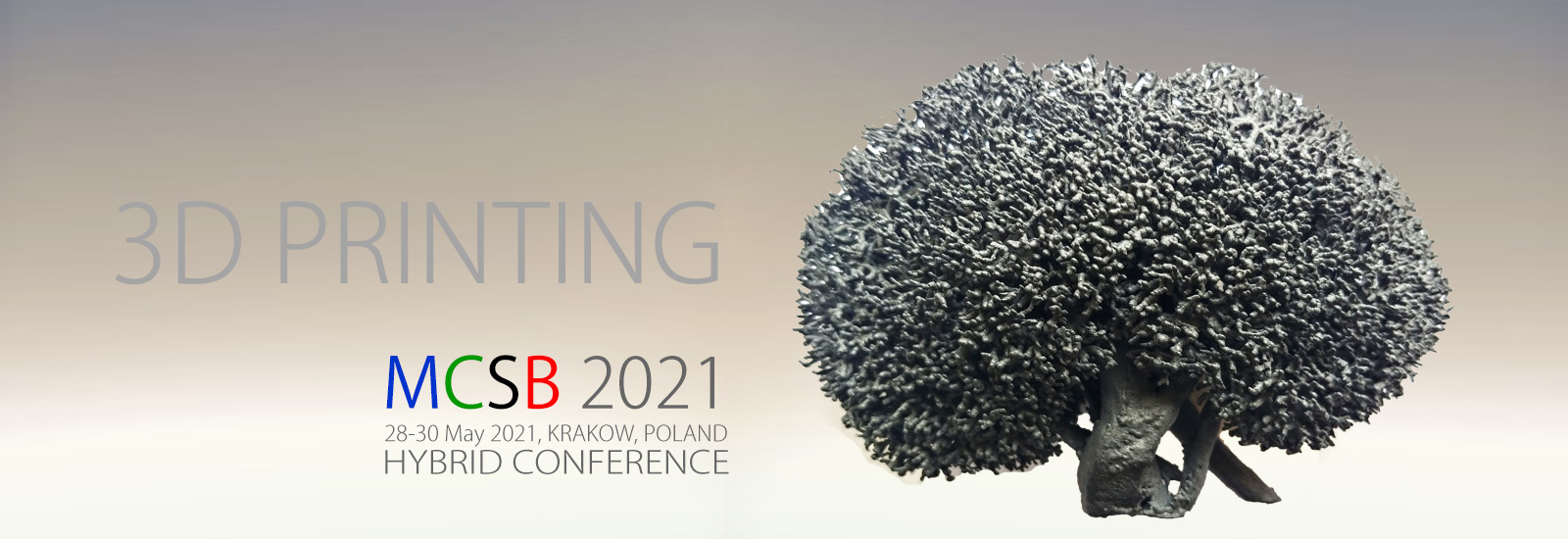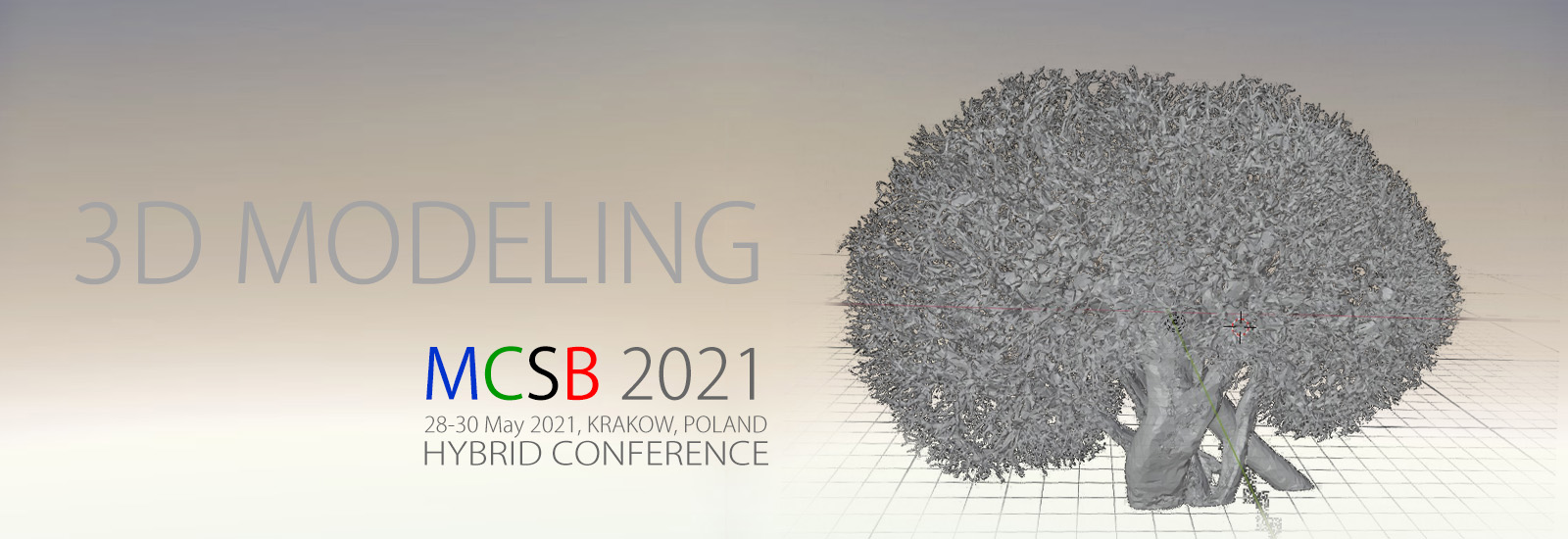DECREASE IN AMPLITUDE OF SACCADES WHEN USING VIRTUAL REALITY GOGGLES
Walecki P, Proniewska K
Jagiellonian University Medical College, Poland
INTRODUCTION: The study concerned the assessment of differences in the dynamics of eye movements when using virtual (VR) and augmented reality (AR) methods compared to the normal vision process. VR and AR stereoscopic visualization technologies are increasingly used in various fields of science, industry, education, and healthcare. The artificially limited visual field (a small range of eye movement and closed eye fixation) and high immersion (in the case of 3D projection - 360 degrees) affect the specificity of the experience of artificial reality. The justification for the purpose of the research is the dynamic development of VR / AR technology applications in education and medicine, with a simultaneous small amount of research on various negative aspects of its use.
MATERIAL AND METHODS: Thirty people participated in the study: 22 women (73.3%) and 8 men (26.7%). Mean age 19.13±0.86 years. The study was voluntary, non-invasive, and performed after receiving a positive opinion from the Bioethics Committee. Principles of qualifying people for the study: - inclusion criteria: adults aged 18-25, healthy, students of the Faculty of Medicine of the Jagiellonian University Medical College; - exclusion criteria: neurological disorders, vision disorders, head injuries, epilepsy, severe somatic diseases, alcohol or drug addiction, diagnosis of psychotic disorders, taking psychoactive drugs. The study was conducted in two groups, the subjects were randomly assigned to the experimental group and the control group. The subjects were subjected to the same research procedure using VR/AR equipment (HTC Vive device) and test measurements with an oculometer (JAZZ-novo Multisensor measurement system). Each participant of the study underwent the study procedure individually (separately), in the presence of research staff who provided instruction and answered additional questions, and supervised the correct course of the study. At any time during the study, the participant could withdraw from the further part of the study without giving reasons (two people resigned). The tested person put on VR/AR goggles and watched a specially prepared VR 360 environment for about 10 minutes: 1) neutral scene - nature, park; 2) social scene: hospital.
RESULTS: Most of the people participating in the study 80% had no experience using virtual reality equipment (Google Cardboard, Oculus Rift, HTC Vive, Samsung Gear VR, etc.), 16.7% several times, and 3.3% used such equipment many times. 73.3% of people participating in the study did not feel fear of closed spaces and experiencing the use of VR goggles did not cause any negative emotions in them, and 23.3% felt slight discomfort. However, no significant statistical differences were observed in the level of stress measured by psychological tests between the group using VR goggles and performing the same task without the goggles. A statistically significant difference was found between the mean saccadic amplitude of 2.9±1.5 deg (angular degrees) in the VR goggle wearers and 6.5±4.8 in the control group. There was also a statistically significant difference in the average eye fixation time between people using VR goggles 1914±2536 milliseconds (ms) and people from the control group 1254±2456 ms. It was observed that more often people from the study group made changes in eye fixation using head movements (probably this is a consequence of the specific construction of the VR device). There were no disturbances in eye movement, no decrease in speed, and no acceleration in saccadic movement. It is difficult to determine how the observed differences affect the overall level of stress, especially with prolonged use of VR equipment, further research is needed here. Other researchers have found that VR headsets can cause eye strain among users. It is more common to strain your eyes to focus on a screen that uses a single refractive optical element.
CONCLUSION: VR headsets usually do not solve optical problems with devices close to the eye and quickly become uncomfortable after a dozen or so minutes. Goggle designers need to find a way to maintain a large Field of View (FoV) for wearers. Humans typically have a field of view of 200 degrees, which includes 140 degrees of binocular vision for depth perception and 60 degrees for peripheral vision. Most current VR systems have a 35-degree FoV, which gives the user the feeling of simply "watching" content. Therefore, the decrease in saccade amplitude observed in the study is a consequence of the design of the device. Increasing the FoV to 60 degrees or more can make users feel more immersed in the displayed content, and eye movement dynamics will be closer to the real world. In conclusion, VR goggle designers should refer to how human vision works, including taking into account oculomotor properties, to ensure safe use when viewing 2D and 3D 360deg content.
Research carried out as part of a NCN grant MINIATURA no. 2019/03/X/HS6/01075





